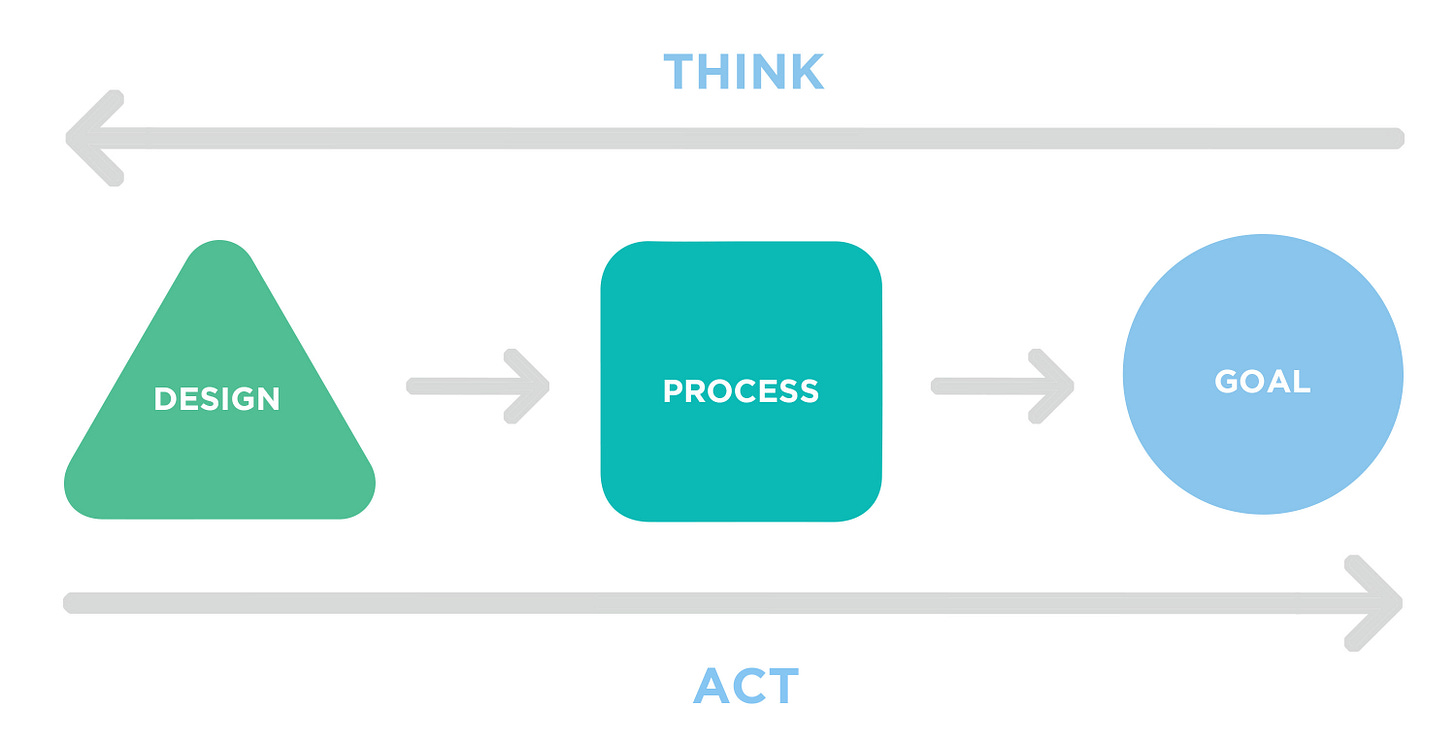Healthy Leaders | Issue 22
An all-encompassing definition.
Welcome to Issue 22 of Healthy Leaders. Last time we outlined our definition of a leader. This time, we begin to apply it.
Hello friends,
Welcome back to our ongoing conversation1 on healthy Christian leadership and leader development. Here’s our definition of a leader:
A leader is someone who helps people move from where they are now to somewhere else.
One of the benefits of a broad definition like this is that we can apply it in many different contexts — including globally in any nation, and practically in any life.
Let’s take a look at what that might look like in real time.
If you’re a normal human leader, you might be inspired and a bit skeptical. You might be thinking something like this: “It’s all well and good to think about moving people forward in these many ways, but you don’t know my circumstances. We’re so stuck in the status quo. I don’t know how to get my people — or even myself! — moving in the right direction. I’m not even sure I know where we should go, let alone how to get there.”
First — you’re not alone. We encounter discouraged, confused, and burned-out leaders everywhere we go. We have been there ourselves. Being a leader is not easy.
Acknowledging the present state of things is a necessary part of being a leader. But even more so is imagining something different and better. Grab some paper and a pencil and try something with us.
The following is an exercise we have done many times with frontline leaders, who always find it liberating and effective. It will help you to actively pursue God’s strategy to achieve His purposes for the future, instead of doing what many leaders do:
Only ever thinking ahead from the present to the future and thus making merely incremental improvements.
Being led by circumstances and reacting to them, instead of proactively planning the future.
Copying someone else’s good idea. So many leaders simply follow the herd doing whatever is currently popular.
Let’s give it a shot…
Fly-On-The-Wall Envisioning Exercise
Imagine that your wildest dreams concerning your organization, church, or family are about to be fulfilled. Then imagine you’re a fly on the wall watching what is happening at that time.
What do you see?
As much as possible, forget about the present and think entirely about the future. What does it look like? What is happening? Describe the details of what you see. Only when you have clearly seen the future — totally removed from the present — move to the next step.
Now think back from the future and, painting with broad strokes, think about the kinds of processes, systems, strategies and structures that brought all of this to pass.
Now move to the present and consider how to connect the present with the intermediate processes, systems, strategies, and structures that will be necessary in order to bring your vision to pass in the years to come.
This is considerably more difficult than it sounds. This is “backwards-thinking.” It is an uncomfortable inner discipline to entirely break away from the present and simply allow oneself to dream about the future. But until we do this, we will always be bound in our thinking by the limitations and constraints of the present — all the reasons why we can’t do something. God’s realm is the unlimited!
Step 1: Forget the present. Define the future. What does it look like?
Step 2: Painting with broad strokes, how did it happen? Think back from the future.
Step 3: Connect the present with the necessary processes to bring the future to pass.
This exercise is much like how we create designs for building leaders: thinking of the goal first. Not to get too far ahead, of course — but here’s a sneak peek:
Andrew, a young leader from Egypt, found this kind of design process immensely helpful in the midst of bewilderment over his calling:
“I was extremely confused about my life ministry and praying about whether I should quit my job and become a full-time minister or not, as there were so many doors open for me to serve. Your team helped me create a design about discerning the calling of God on my life, and encouraged me to connect to God in solitude.
The next week, as I started applying the design and went into solitude with God, things become clearer to me! God has cleared up my confusion despite still not knowing exactly what my calling is in this current season. But I am continuing to apply my design, listening to God, consulting with mature Christians, and being accountable to a ministry mentor who follows up with my design.”
Whatever circumstances you are encountering, God has a purpose for your life and leadership. Don’t give in to the discouragement. Look at Him!
Until next time, we’re with you.
— Chris
Recommended Resources
Teaching Series: Don’t Give Up!
Book: Purpose, by Malcolm Webber. Here’s a free excerpt from it.
A Learning Design for Casting Compelling Vision for the Future
For more resources, visit our new website.
Thanks to our friends at Fifty-Four Collective for putting together a comprehensive set of video courses for growing healthy organizations, starting with this series of courses on leadership by Malcolm. We’ll be using some of their videos and some of our own. Be sure to check out what they’re doing!



